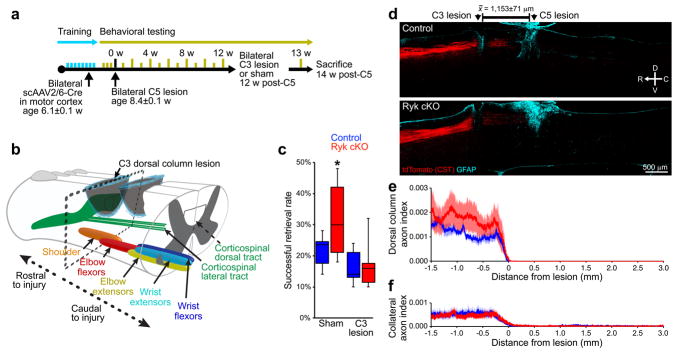Figure 4. Secondary injury at cervical level 3 eliminates enhanced recovery.
(a) Timeline outlining experimental details of secondary C3 lesion experiments following recovery from bilateral C5 dorsal column lesion. (b) Schematic of secondary C3 injury, above the level of increased pre-synaptic density shown in (Fig. 3c–e). (c) Behavioral performance on forelimb reach skilled food-pellet retrieval task shows elimination of enhanced recovery after Ryk conditional deletion by second C3 dorsal column lesion (1 experiment, n=8 (control sham), 7 (control C3), 6 (Ryk cKO sham & C3) mice, mice from 14 litters, ANOVA P=0.0102 F(3)=4.7432, Bonferroni corrected t-test *P<0.05: 1.Ryk cKO sham v. control sham P=0.0106, 2.Ryk cKO sham v. Ryk cKO C3 P=0.0092). (d–f) Secondary C3 dorsal column lesion eliminated enhanced levels of collateralization in Ryk conditional deleted mice. (d) Representative images of tdTomato-labeled CST axons from 8 serial sagittal cryosections spaced 140μm apart superimposed over GFAP astroglial staining at the center of injury (1 experiment, 7 control, 6 Ryk cKO mice). (e,f) Distribution of corticospinal axons (axon index as described above) within the dorsal columns (e) or spinal gray matter (f). C3 injury site is at 0μm, rostral is represented with negative numbers, caudal with positive. Data in (c) presented as median and inter-quartile range, data in (e,f) presented as mean±s.e.m.

